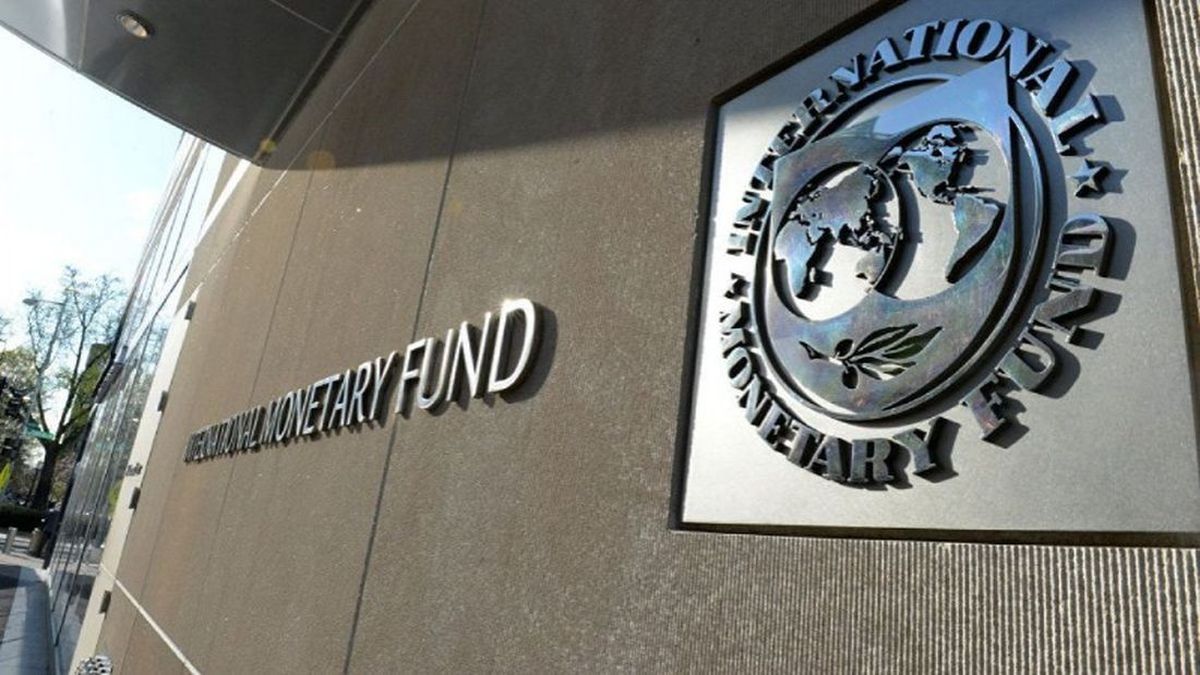Argentina should pay the International Monetary Fund between June 21 and 22 about US$2.3 billion. They aim to close the deal on time. It remains to resolve the exchange plan.
Times begin to speed up. And it’s less than a month left. Argentina should pay the International Monetary Fund between June 21 and 22 about US$2.3 billion corresponding to the second annual maturity within the Extended Facilities agreement signed in March of last year. The money should be settled with part of the US$5.3 billion that the agency itself should transfer to the country within the agreed shipment schedule. And while the latter could happen, the former will never happen.
The content you want to access is exclusive to subscribers.
What is being negotiated between the economic team and the officials of the staff of the IMF handling the Argentine case is that the body that leads Kristalina Georgieva comply with the remittance of the dollars, but negotiating a shift in the maturities of the year. With this, the country would have some US$5.3 billion left that would go to the window of the Central Bank. The negotiation also includes the same mechanism for the third payment of the year, which should take place in September, with which the country would be left with some US$10.3 billion in the entity managed by Miguel Pesce.


However, if there were no agreement in the negotiations that men and women from both coasts maintain via zoom on the screens of Buenos Aires and Washington daily, Argentina would not pay the US$2.3 billion either, simply because it does not have them. Thus, it would enter into a default scheme with the IMF; but in terms of the organism. That qualifier would correspond directly to the country, but beginning an administrative process that could last six months, with which the first direct sanction would fall on December 22, twelve days after the next president took office.
The idea of Sergio Massa’s team it is not this, and it is assured that the times are still comfortable. In principle, there is talk of no less than eight more days of direct negotiations via zoom, until the end of the month and entering in the first days of June. Then, With the terms of the agreement basically closed, they would travel to the capital of the United States to close the final agreement; in time and form for the IMF board to discuss at the meeting on the third week of June and the country does not fall into default.
For that, the two negotiating hosts affirm, only one point remains. The exchanger. The last round resulted in the blessing from Washington of the decision to stop intervening directly and openly in the MEP and CCL financial dollar markets. They affirm in Buenos Aires that this changed the climate of discussions for this week. However, there is still no agreement on the endorsement of the strategy of betting on the “crawling peg”. For now, the idea of specific and coordinated devaluations of the Central Bank does not excite IMF analysts, who remain hard on the position of not sending dollars to sustain an exchange rate considered backward. The other alternative that is being analyzed, sending the money but on the condition that it is not touched and that it only remains in the shop windows to show the world $10.6 billion more in reserves, is of no use to Sergio Massa.
For now, the negotiating arguments are based on the “crawling peg” defense, supported by the fact that a devaluation shock would be inflationary; while the gradual and controlled devaluation of the official through accelerations and brakes in the rise in the price of the dollar may have a minor consequence on the CPI. It was explained to the IMF that the increase in prices of food and other goods refers to the speed of financial dollars and the Blue, but that the acceleration of the fall of the gap depends on these not escaping. And that, consequently, the articulation must be through agreed devaluations of the official, with containment and direct intervention of the Central Bank. For now, the IMF did not deny the alternative, but indicated a curt “I want to see” to see if the strategy begins to work. Until last week, the view from Washington was doubtful.
Source: Ambito




